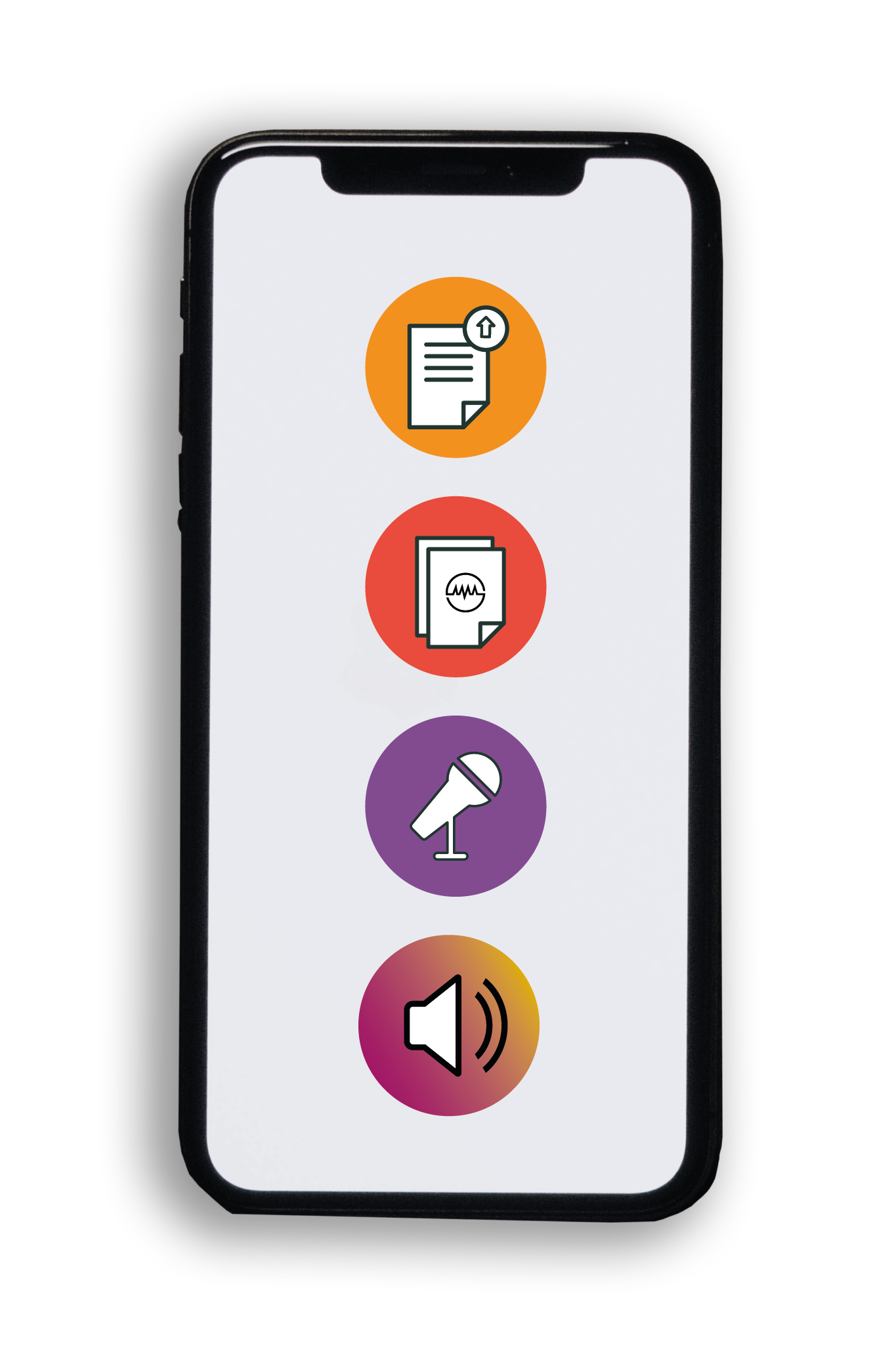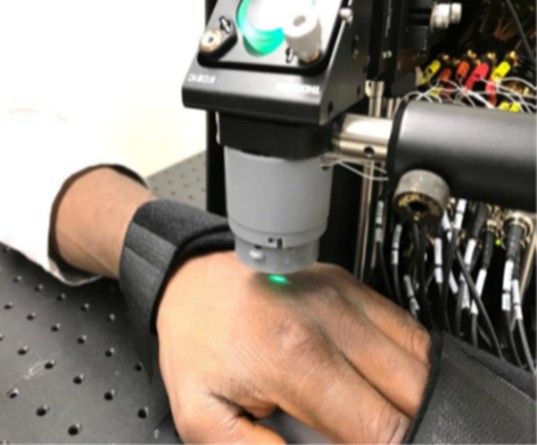What Makes an Effective Grants Peer Reviewer? | Dr Tiffani Conner
Original Article Reference
This SciPod is a summary of the paper ‘What makes an effective grants peer reviewer?’, from the open access journal PLOS ONE. https://doi.org/10.1371/journal.pone.0232327
About this episode
Peer review is a key component in the determination of funding allocation, especially within the science and technology sectors. However, the literature evaluating this process is sparse, often focusing on outcomes rather than the methodology. Dr Tiffani Conner and her colleagues from Oak Ridge Associated Universities in the USA have researched which specific skills are most desirable in a reviewer and how these can be enhanced, whilst also evaluating the impact of review format.
This work is licensed under a Creative Commons Attribution 4.0 International License. 
What does this mean?
Share: You can copy and redistribute the material in any medium or format
Adapt: You can change, and build upon the material for any purpose, even commercially.
Credit: You must give appropriate credit, provide a link to the license, and indicate if changes were made.
More episodes
Dr. Rasha Bayoumi | Decolonizing Global Collaboration: Building Equitable Science Diplomacy
Science diplomacy, meaning the use of scientific collaboration to strengthen international relations and address shared global challenges, has long been hailed as a force for good. Yet, as Dr. Rasha Bayoumi of the University of Birmingham Dubai and her colleagues argue in their Editorial for a special issue in the journal Frontiers in Public Health, this optimism often masks uncomfortable realities. The practice of science diplomacy has too often reproduced the very inequalities it aims to dismantle, operating within frameworks that privilege powerful nations and institutions while marginalizing voices from the Global South.
Lighting the Path: How the GlioLighT Consortium Is Exploring New Ways to Treat Brain Tumours
Across the world, scientists are still trying to answer one of medicine’s most difficult questions: how can we safely and effectively treat brain cancers such as glioma? Despite decades of effort, outcomes for people diagnosed with high-grade glioma remain bleak. Current treatments, including surgery, radiotherapy, and chemotherapy, can slow the disease, but rarely stop it. The GlioLighT consortium, a multidisciplinary European research team funded by the European Innovation Council, has come together to explore a novel approach based on direct light therapy. Being in a very early stage, the project doesn’t promise an immediate cure; instead, it sets out to answer a very fundamental question: can light itself trigger biological processes that might form the basis of a safe and targeted brain tumor therapy?
Prof. Vladimir Zharov | Detecting Malaria with Light and Sound Without Blood Draw Can Transform Global Health
For centuries, malaria has been one of the deadliest diseases on the planet. Nearly half of the world remains at risk of malaria with more than half a million deaths each year, most of them in children. While some progress has been made in controlling malaria and developing a vaccine, this has stalled recently, with a growing number of deaths since 2019. At the heart of the challenge is the lack of non-invasive and rapid diagnostic technologies for malaria, which are urgently needed, especially in remote or low-resource areas with limited healthcare infrastructure. Happily, a new frontier in medical technology is offering hope, in the form of the Cytophone, a revolutionary device that can detect malaria through the skin without drawing a single drop of blood. This innovation, developed by a team led by Prof. Vladimir Zharov at the University of Arkansas for Medical Sciences and licensed to Cytoastra for further commercialization, represents a leap forward not just in malaria diagnostics, but in how we might monitor disease altogether.
Dr. Jeffrey Curran Henson | When Lithium Slows the Heart, and How an unlikely Asthma Drug Offered a Way Out
For more than half a century, lithium has been one of the most reliable treatments for bipolar disorder. It has given countless people the ability to stabilize their moods and reclaim lives otherwise disrupted by cycles of mania and depression. But lithium comes with inherent risk: its therapeutic range is narrow, which means that the difference between a helpful dose and a harmful one is surprisingly small. Too much lithium in the body can lead to a cascade of health problems, including neurological confusion, tremors, kidney dysfunction, and, though much less well known, potentially dangerous effects on the heart. In a recent publication, Dr. Jeffrey Curran Henson of the University of Arkansas for Medical Sciences, and colleagues, shed light on one of lithium’s most alarming but underappreciated risks: its ability to disrupt the heart’s natural pacemaker, the sinus node. Their case study and systematic review tell the story of a patient whose life was threatened not by the mental illness she had long managed, but by the very medication that had allowed her to manage it. And in that story, the researchers also describe a novel way out: a treatment that avoided the need for invasive procedures and could reshape how we think about emergency care for lithium-related heart complications.
Increase the impact of your research
• Good science communication helps people make informed decisions and motivates them to take appropriate and affirmative action.
• Good science communication encourages everyday people to be scientifically literate so that they can analyse the integrity and legitimacy of information.
• Good science communication encourages people into STEM-related fields of study and employment.
• Good public science communication fosters a community around research that includes both members of the public, policymakers and scientists.
• In a recent survey, 75% of people suggested they would prefer to listen to an interesting story than read it.

Step 1 Upload your science paper
Step 2 SciPod script written
Step 3 Voice audio recorded
Step 4 SciPod published




